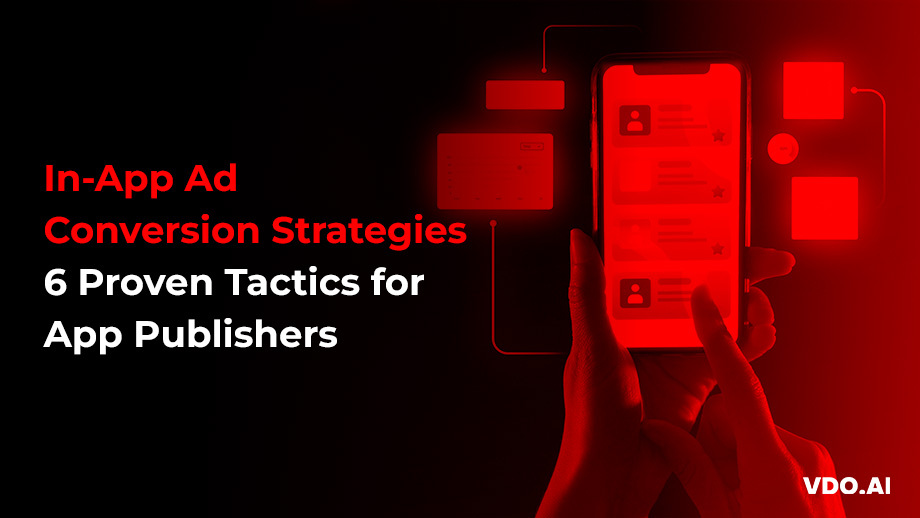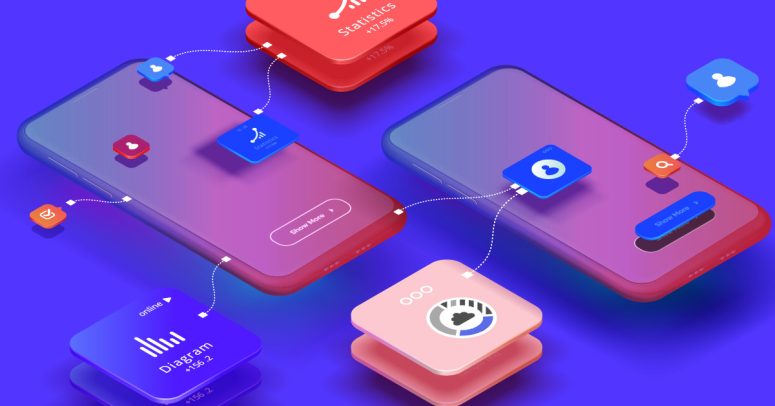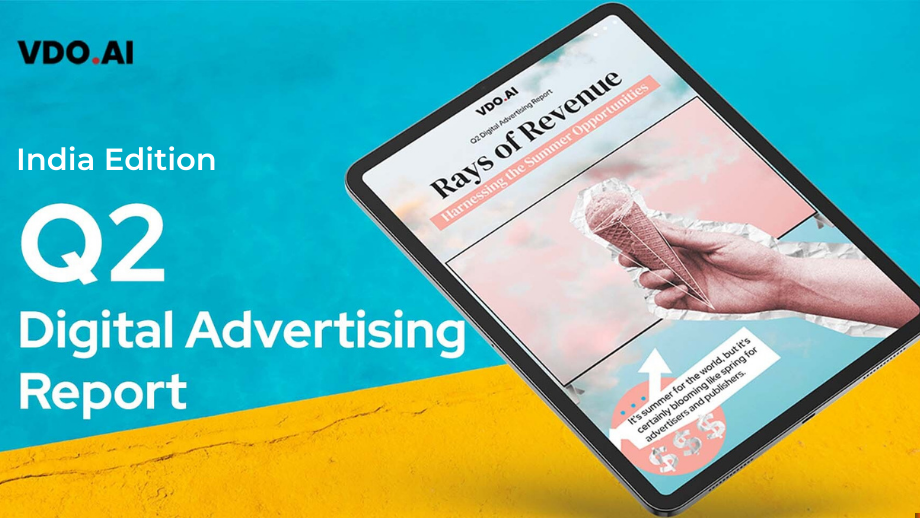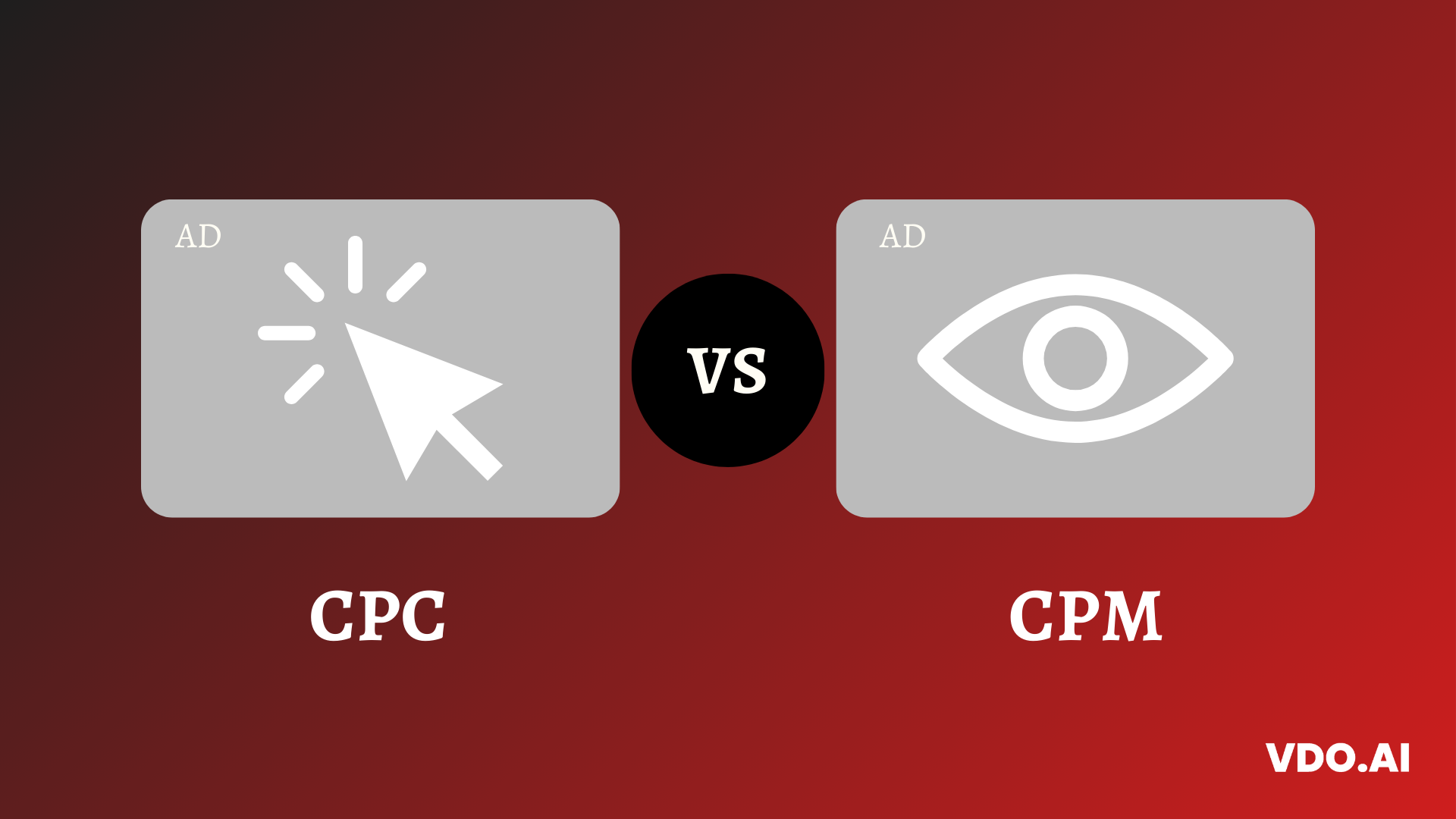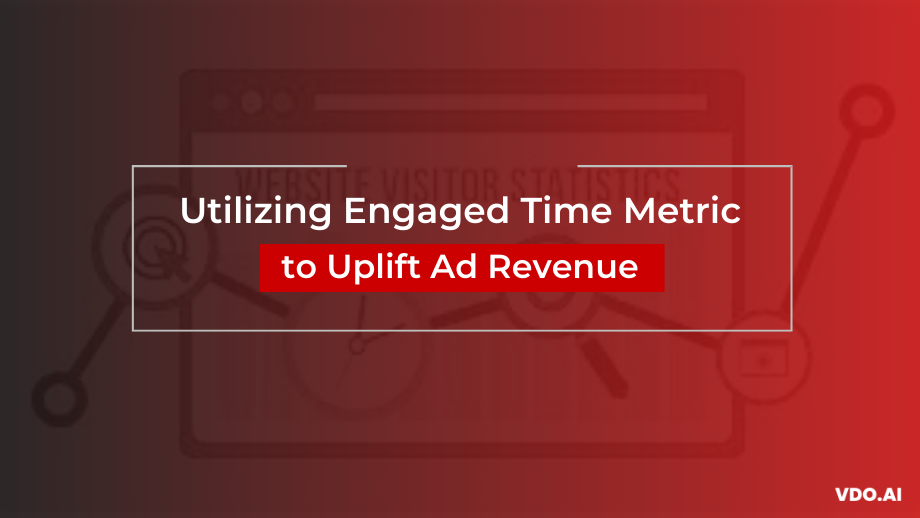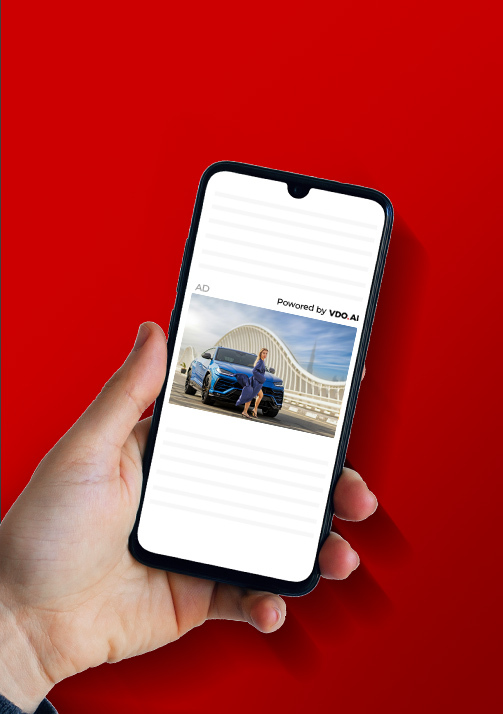In-App Ad Conversion Strategies – 6 Proven Tactics for App Publishers
Reading Time: 4 minutesIn-app advertising has become an essential monetization strategy for mobile app publishers. With over 92% of mobile time spent browsing apps, in-app ads present a huge opportunity to monetize app content and user interactions. However, to fully capitalize on in-app ads, publishers need to implement smart conversion optimization strategies. This blog post discusses some of the most effective in-app ad conversion tactics and tips for publishers looking to boost revenues.
Choose the Optimal Ad Format
The first step towards improving in-app ad conversions is selecting the right ad formats. Certain ad formats naturally lend themselves better to driving conversions.
For instance, interstitials and rewarded video ads have high conversion rates owing to their full-screen and immersive nature. On the other hand, banner ads work well for branding but have lower direct response rates.
Testing different ad formats and analyzing their conversion metrics can provide insights into which ad units work best for your app. Once you identify the top-performing ad formats, focus ad inventory and prominence on high-performing formats.
Also, optimize ad positioning and frequency to balance revenues with user experience. Avoid showing too many intrusive ads that annoy users and hurt conversion rates.
Target Users Based on Behavior and Intent
The relevance of the ad to the user has a big impact on conversion rates. Publishers should target in-app ads based on granular user attributes and behaviors. For instance, ads can be targeted to users based on their in-app actions, content views, purchase history, gameplay levels completed, etc.
User segmentation can also be done based on their predicted propensity to take an action, like making an in-app purchase. Leverage user profiling and lookalike modeling tools to understand user intent and serve contextually relevant ads. Personalized targeting ensures higher relevance and conversion performance.
Optimize Creatives for In-App Environment
In-app ads allow for innovative ad formats like playable ads, expanded banners, and interactive videos. Publishers should optimize creatives to deliver an immersive experience that blends with in-app content. For instance, playable ads let users trial game content within the ad unit itself.
Visually appealing creatives with dynamic elements get more user attention. Relevant images, concise text, and clear calls to action can improve click-through rates. Testing different versions of creatives and localizing them to different geographic markets can further boost performance. Ongoing creative refresh and optimization are key.
Incentivize Users to Engage
In-app ads that incentivize users with rewards for engagement see higher responses. Offering users virtual currency, extra lives, bonuses, etc. for watching video ads or interacting with ads prompts more users to take action. The reward value should be calibrated to adequately compensate users for their time and attention.
Rewarded ads that gate desired content or functionality behind ad views generate high conversion rates. But reward balances and capping are needed to ensure good returns on ad spend. Gamifying ad engagements with spin-the-wheel or scratch card formats also work well.
Streamline In-App Advertising Workflows
Conversion rates improve when users are able to seamlessly engage with in-app ads without friction. Publishers should focus on optimizing the end-to-end ad experience. Enable one-click installs, auto-play for video ads, tap-to-call on mobiles, etc., to quickly convert user interest into action.
Pre-caching video ads and creatives reduce latency and improves response rates. Tools like Google’s Open Bidding can help unify demand and mediate auctions quickly. Tracking post-install events to attribute downstream conversions to specific ad campaigns provides better ROI analysis. A frictionless in-app advertising workflow is integral to driving better conversions.
Continuously Analyze and Optimize Performance
Ongoing performance analysis and optimization are key to improving in-app ad conversions over time. Publishers should track metrics like clicks, post-click conversions, session time spent on an app, revenue, and return on ad spend for each ad placement and campaign.
Multivariate testing of different ad formats, creatives, placements, bidding models, etc. can reveal what combo works best. Cohort analysis by user segments and geos gives more granular insights. Look for consistent high-performing trends and scale up efforts on those fronts for greater monetization. Continued experimentation and optimization of in-app ads can deliver better ongoing results.
Maximizing In-App Ad Revenue With VDO.AI
In summary, publishers looking to maximize in-app ad revenue have several proven strategies at their disposal. By optimizing ad inventory, creatives, targeting, incentives, and workflows using data and technology, publishers can boost conversion rates and returns throughout the in-app advertising funnel.
As in-app advertising continues to evolve, a comprehensive optimization approach will help publishers fully monetize their app audiences and engagement.
VDO.AI uses AI to optimize multiple facets of in-app advertising, offering publishers a way to tap into the full revenue potential of their apps. With the right tools and strategy, publishers can unlock substantial gains in in-app ad monetization. Contact us today to unlock the full revenue potential of your app.
